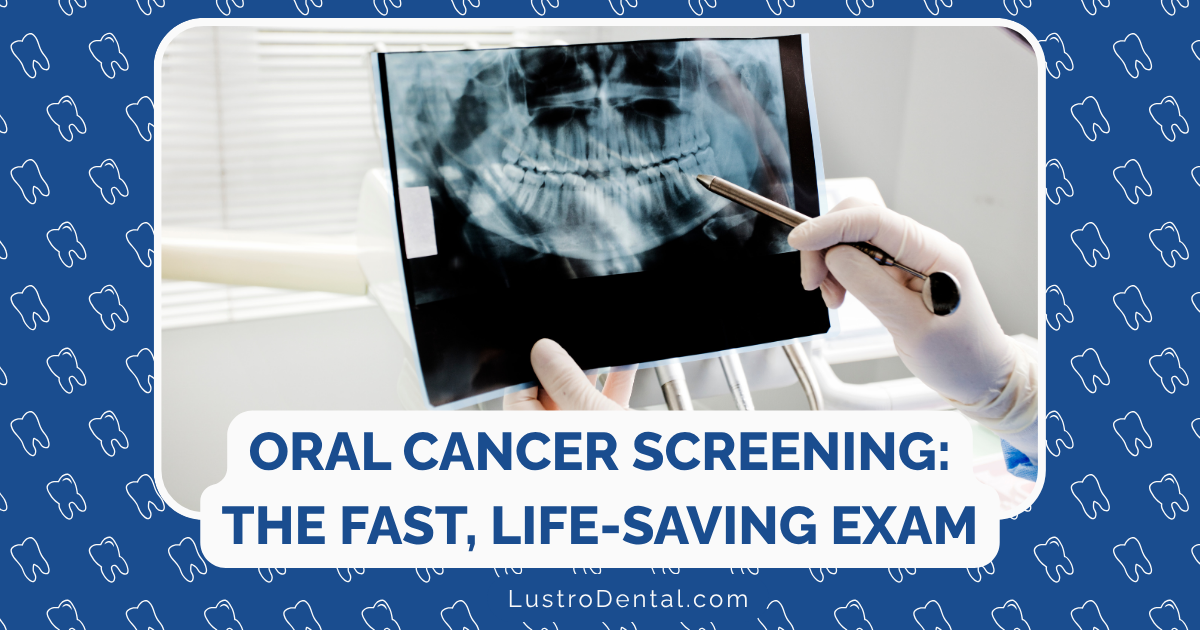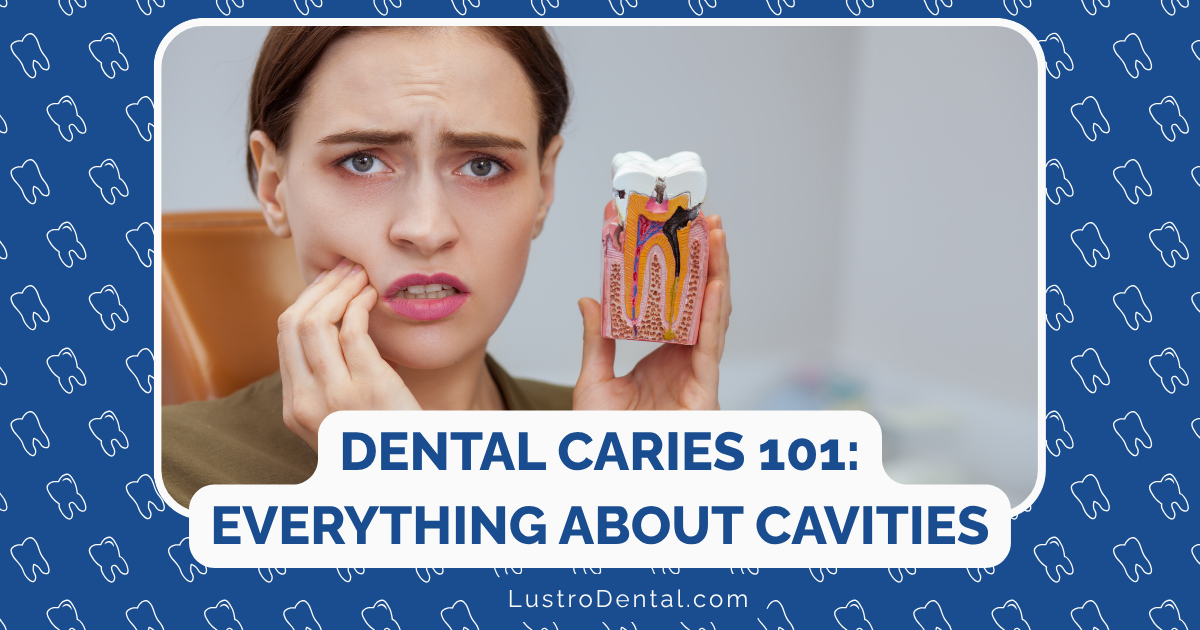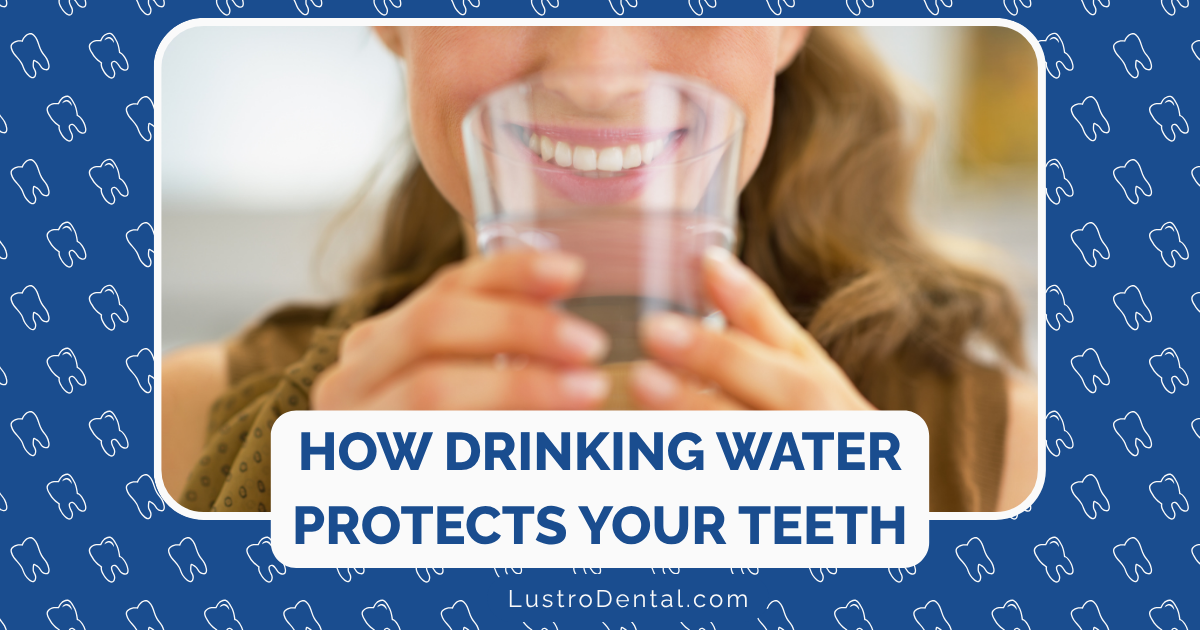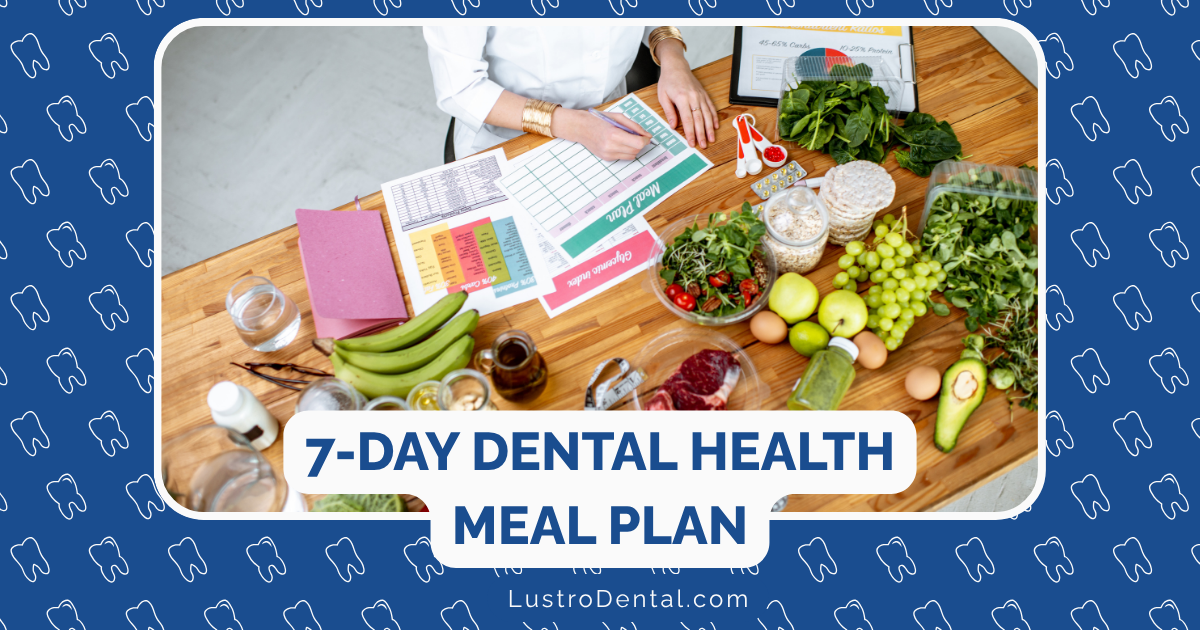Oral Cancer Screening: The 5-Minute Exam That Could Save Your Life

When I talk to patients about their dental health concerns, I often hear worries about cavities, gum disease, or even the dreaded root canal. Rarely does someone mention oral cancer screening—yet this simple 5-minute exam could literally be the difference between life and death.
The Silent Threat We Don’t Talk About
Here’s a sobering statistic: According to the American Cancer Society, approximately 59,660 Americans will be diagnosed with oral or oropharyngeal cancer in 2025, and nearly 12,770 will die from these cancers—that’s roughly one person every hour of every day.
What makes these numbers even more heartbreaking is that when caught early, oral cancer has an 86.3% five-year survival rate. Yet when discovered in later stages, that rate plummets to just 40.4%. The difference? Often just a simple screening that takes less time than brewing your morning coffee.
What Exactly Is an Oral Cancer Screening?
An oral cancer screening is a quick, painless examination performed by your dentist or doctor to look for signs of cancer or precancerous conditions in your mouth. Despite what many believe, it’s not a separate procedure requiring a special appointment—it’s typically part of your regular dental check-up.
Dr. Lisa Thompson, an oral pathologist at the University of California San Francisco, explains: “Many patients don’t realize they’re actually receiving an oral cancer screening during their routine dental visits. When we examine the teeth and gums, we’re simultaneously evaluating all the soft tissues for any suspicious changes.”
The Screening Process: Simpler Than You Think
The screening process typically involves two main components:
Visual Examination
Your dentist will look at your:
- Lips and face
- Inside of your cheeks (buccal mucosa)
- Gums
- Tongue (top, sides, and underneath)
- Floor and roof of your mouth
- Back of your throat
They’re looking for:
- Patches of red or white
- Sores that don’t heal within two weeks
- Unusual lumps or thickening of tissues
- Rough spots or crusty areas
Physical Examination (Palpation)
Using gloved hands, your dentist will feel the tissues in your mouth, your jaw, and the lymph nodes in your neck to detect any abnormalities that might not be visible to the naked eye.
Some dental practices also use additional screening tools to enhance detection:
- Special lights (like VELscope or Identafi) that make abnormal tissues appear different in color
- Oral rinses that can make abnormal cells more visible
- Oral cytology tests like brush biopsies that collect cells for closer examination
The entire process typically takes about five minutes—possibly the most valuable five minutes of your dental appointment.
Who Should Get Screened and How Often?
The Oral Cancer Foundation recommends that everyone receive an oral cancer screening at least once a year. However, certain groups should consider more frequent screenings:
- Tobacco users (cigarettes, cigars, pipes, chewing tobacco)
- Heavy alcohol consumers
- Previous oral cancer survivors
- Those with HPV infection (especially HPV16, which is responsible for 60-70% of oropharyngeal cancers)
- People over 40 years old (though we’re seeing alarming increases in younger populations)
- Those with excessive sun exposure (particularly relevant for lip cancers)
Dr. James Morrison of the National Institute of Dental and Craniofacial Research notes, “We’re seeing a disturbing trend of oral cancers in younger patients who don’t have the traditional risk factors of tobacco and alcohol use. Many of these cases are HPV-related, which makes regular screening even more critical for everyone.”
Beyond the Dentist’s Chair: Self-Screening
While professional screenings are irreplaceable, monthly self-examinations can help catch changes early. Here’s a simple process you can follow at home:
- Look and feel your lips for lumps, color changes, or texture differences
- Examine your gums for swelling or color changes
- Check your cheeks by pulling them out and looking for red or white patches
- Examine your tongue (top, sides, and underneath) for swelling, color changes, or ulcers
- Look at the roof and floor of your mouth using a flashlight and mirror
- Feel your neck for any unusual lumps or swollen lymph nodes
Remember: Any sore, discoloration, or lump that persists for more than two weeks should be evaluated by a professional.
The Emotional Reality of Early Detection
Statistics tell one story, but personal experiences reveal the true impact of early detection. Take Sarah, a 42-year-old teacher and non-smoker who shared her story with me:
“During a routine dental cleaning, my dentist noticed a small white patch under my tongue. I hadn’t seen it—who looks under their tongue regularly? It didn’t hurt, and I felt completely healthy. She recommended a biopsy, which revealed early-stage oral cancer. After treatment, I’m cancer-free five years later. That five-minute screening literally saved my life.”
Stories like Sarah’s aren’t rare. Dr. Robert Haddad at Dana-Farber Cancer Institute points out that “Many oral cancer survivors can trace their successful outcomes back to a routine dental visit where an attentive provider noticed something suspicious.”
Addressing the Screening Gap
Despite the clear benefits, many people don’t receive regular oral cancer screenings. The reasons vary:
- Lack of dental insurance or regular dental care
- Unawareness of the importance of screening
- Fear of dental visits in general
- Misconception that screening is only necessary for those with risk factors
Community health initiatives like Free Oral Cancer Screening Events are working to bridge this gap, but more awareness is needed.
What If Something Suspicious Is Found?
First, don’t panic. The majority of abnormalities discovered during screenings are not cancerous. If your dentist finds something concerning, they may:
- Re-examine the area in a few weeks to see if it resolves on its own
- Perform a brush biopsy (a painless collection of cells)
- Refer you to a specialist for a more thorough evaluation
- Recommend a tissue biopsy for definitive diagnosis
Remember that early detection is the key to successful treatment. According to the National Cancer Institute, when oral cancer is diagnosed before it has spread, the 5-year relative survival rate is nearly 86%—significantly better than many other cancers.
Making Screening a Priority
As someone deeply committed to preventive health, I believe oral cancer screening represents one of the most undervalued yet potentially life-saving procedures in healthcare today. Consider this:
- It’s quick (about 5 minutes)
- It’s typically painless
- It’s usually included in regular dental check-ups
- It can detect cancer at its most treatable stages
- It addresses a cancer that’s claiming one American life every hour
Dr. Caitlin Hoffman of Memorial Sloan Kettering Cancer Center puts it perfectly: “If I told you that five minutes of your time once or twice a year could potentially save your life, wouldn’t you make that time? That’s exactly what oral cancer screening offers.”
Take Action Today
- Check when you last had a dental exam that included oral cancer screening
- Schedule an appointment if it’s been more than a year
- Learn the signs and symptoms of oral cancer for self-examination
- Share this information with loved ones who might be overdue for screening
- If you notice any persistent changes in your mouth, don’t wait for your next check-up—get it evaluated promptly
Remember, the most dangerous phrase in healthcare might be “it’s probably nothing.” When it comes to unusual changes in your mouth, professional evaluation is always the right choice.
The five minutes you spend getting screened for oral cancer might just be the most important five minutes of your year. Isn’t your life worth that time?
Have you ever had an oral cancer screening? Did you know it was part of your regular dental check-up? Share your experiences in the comments below.







